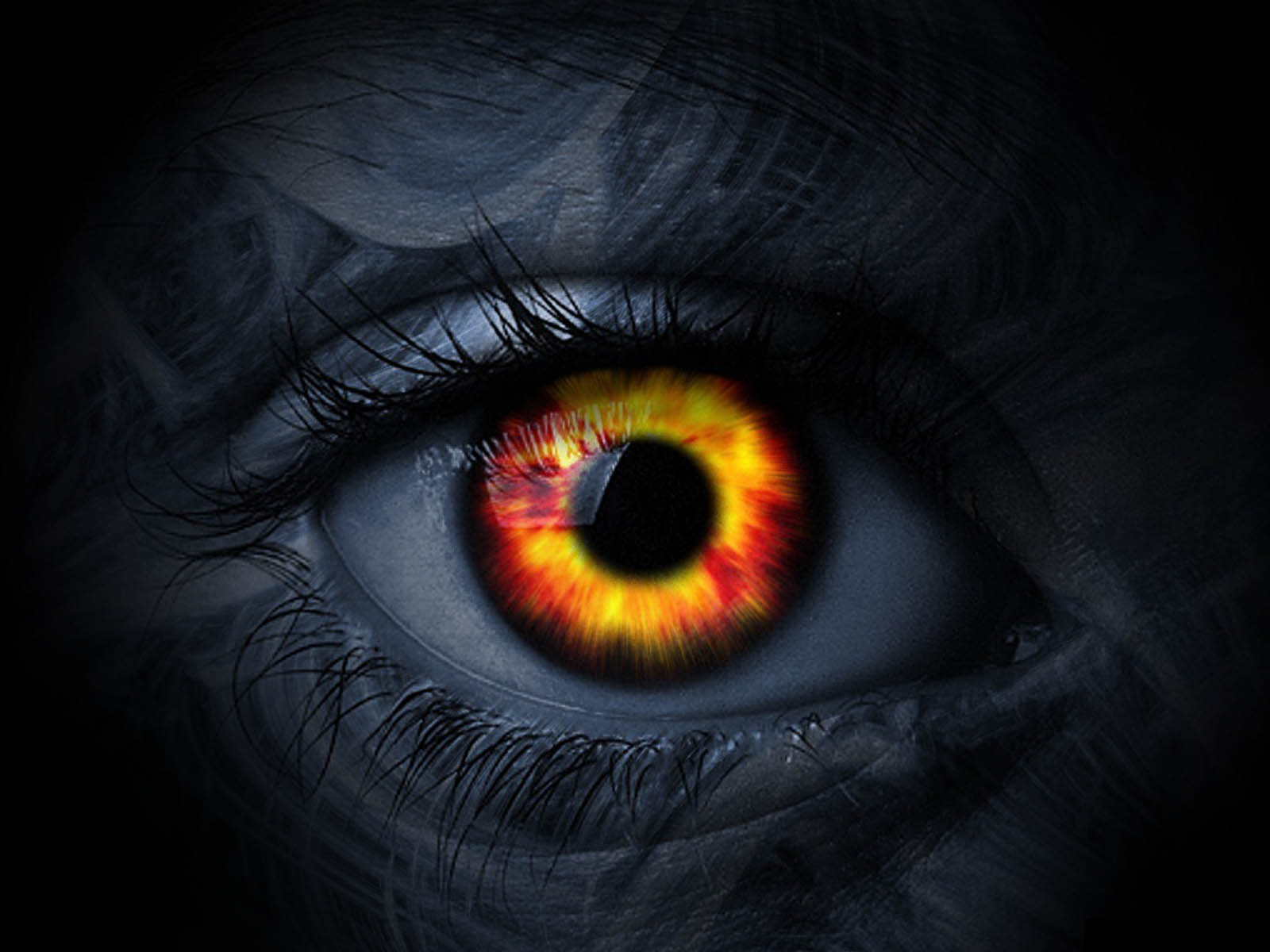Scary eyes have long captivated our imagination, often evoking feelings of fear, curiosity, and wonder. From horror films to folklore, eyes that send shivers down our spine are a recurring motif in storytelling. This article delves into the fascinating world of scary eyes, exploring their significance in culture, psychology, and art. We will uncover the reasons behind their allure and how they have been portrayed through various mediums. Prepare to embark on a thrilling journey into the realm of the uncanny!
The concept of scary eyes is not merely confined to fiction. In reality, we encounter people with intense gazes that can evoke a range of emotions, from fear to fascination. But what makes certain eyes appear scary? Is it the shape, color, or the expression behind them? In this article, we will dissect these elements and provide insight into how they influence our perception. So, whether you are an artist, a filmmaker, or simply a curious reader, there's something here for everyone.
Moreover, understanding the psychology behind scary eyes can also help us navigate our own fears and the fears of others. By examining the cultural significance and the evolution of this motif, we can appreciate the deeper meanings that lie beneath the surface. Let’s dive into the world of scary eyes and uncover the secrets they hold!
Table of Contents
- 1. What Are Scary Eyes?
- 2. The Psychology Behind Scary Eyes
- 3. Cultural Significance of Scary Eyes
- 4. Scary Eyes in Art and Literature
- 5. Scary Eyes in Film and Media
- 6. Famous Examples of Scary Eyes
- 7. How to Draw Scary Eyes
- 8. Conclusion
1. What Are Scary Eyes?
Scary eyes can be classified as those that evoke discomfort or fear in the observer. They may possess specific characteristics such as:
- Unusual colors (e.g., bright red, icy blue)
- Exaggerated shapes (e.g., overly large or narrowed)
- Intense expressions (e.g., glaring or wide-eyed)
These traits can be found in both fictional characters and real-life individuals. The perception of scary eyes is subjective, often influenced by personal experiences and cultural background.
2. The Psychology Behind Scary Eyes
The human brain is wired to respond to visual cues, especially when it comes to faces. Eyes are considered the windows to the soul, and their expression can significantly impact how we perceive others. Scary eyes may trigger a survival response, activating our fight-or-flight instincts. The psychology behind this response includes:
- Fear of the Unknown: Unfamiliar or intense eyes can create feelings of uncertainty and fear.
- Threat Assessment: Our brains constantly assess potential threats, and scary eyes may signal danger.
- Empathy and Discomfort: Eyes that appear sad or angry can elicit empathy, while eyes that seem devoid of emotion can cause discomfort.
3. Cultural Significance of Scary Eyes
Cultures around the world have their interpretations of scary eyes, often linking them to mythological creatures or supernatural beings. Some notable examples include:
- The Evil Eye: A symbol of protection against malevolent stares.
- Witchcraft: Scary eyes are often associated with witches in folklore.
- Monsters: Many monsters in folklore have been described with terrifying eyes to amplify their horror.
4. Scary Eyes in Art and Literature
Artists and writers have long been fascinated by the concept of scary eyes. They are often used to convey deep emotions or to create an unsettling atmosphere. Notable examples include:
- Edvard Munch's "The Scream": The character's wide eyes contribute to the sense of existential dread.
- Stephen King's novels: Vivid descriptions of characters' eyes often enhance the horror elements in his stories.
5. Scary Eyes in Film and Media
In the realm of film, scary eyes play a critical role in establishing tension and fear. Directors often emphasize eye contact in horror films to evoke strong emotional responses. Some iconic films featuring scary eyes include:
- "The Shining": Jack Nicholson's unsettling gaze epitomizes madness.
- "Psycho": The close-ups of Norman Bates' eyes create an unnerving atmosphere.
6. Famous Examples of Scary Eyes
Several fictional characters and real-life figures are renowned for their scary eyes. Some notable mentions include:
| Character/Figure | Work/Context | Notable Feature |
|---|---|---|
| The Joker | Batman Series | Intense, maniacal gaze |
| Medusa | Greek Mythology | Petrifying stare |
| Dracula | Dracula by Bram Stoker | Hypnotic, piercing eyes |
7. How to Draw Scary Eyes
For artists looking to capture the essence of scary eyes, here are some tips:
- Experiment with colors—use unnatural shades for an eerie effect.
- Play with proportions; oversized eyes can create a sense of unease.
- Incorporate shadows and highlights to enhance the intensity.
Drawing from references of real-life subjects and artwork can also inspire creativity and help develop unique styles.
8. Conclusion
In conclusion, scary eyes serve as a powerful symbol across various cultures, art forms, and psychological frameworks. Their ability to evoke fear and curiosity makes them a compelling subject for exploration. As we have seen, the allure of scary eyes is multifaceted, encompassing elements of psychology, culture, and art. We encourage you to reflect on your own experiences with scary eyes and consider sharing your thoughts in the comments below. If you enjoyed this article, please feel free to share it or explore more articles on our website!
Final Thoughts
Thank you for joining us on this journey into the world of scary eyes. We hope you found this exploration enlightening and engaging. Don't hesitate to return for more intriguing topics and discussions. Your curiosity fuels our passion for creating content that resonates with you!


